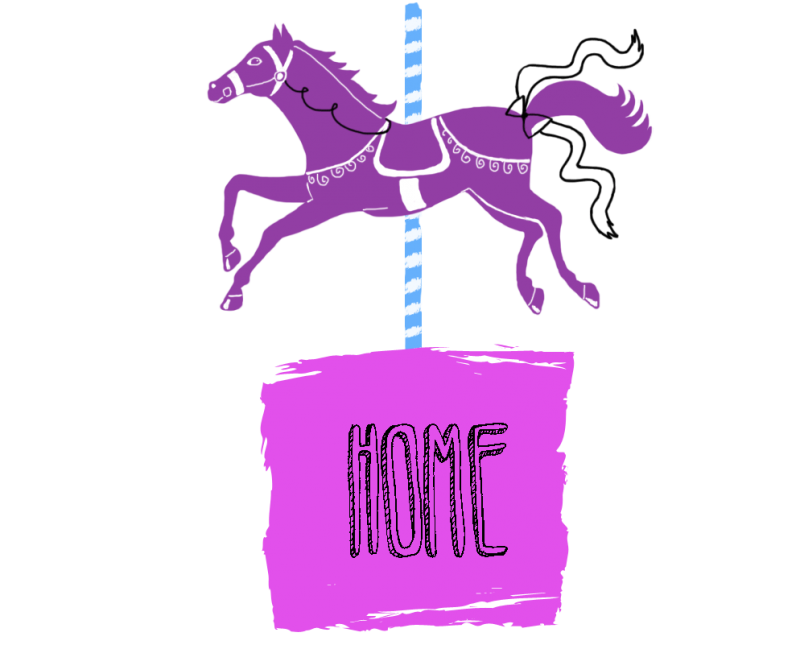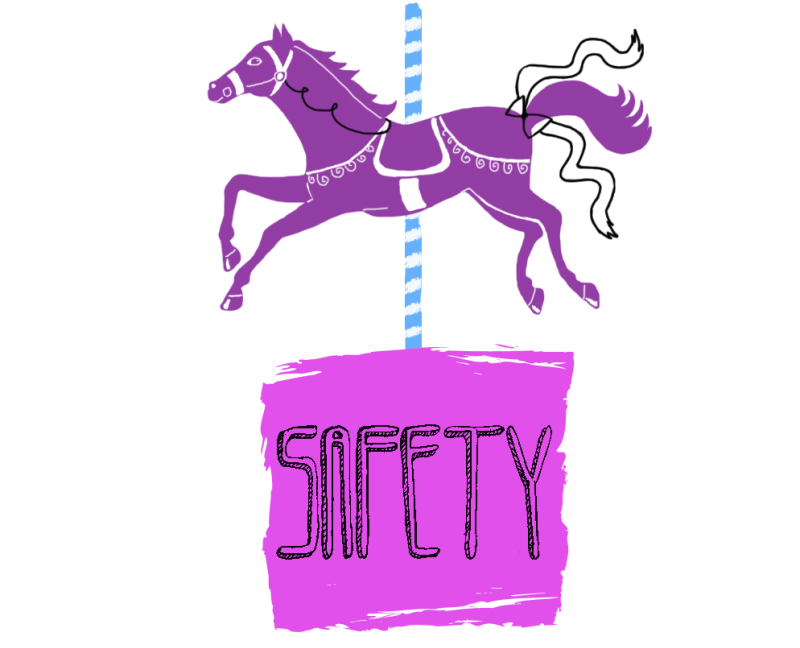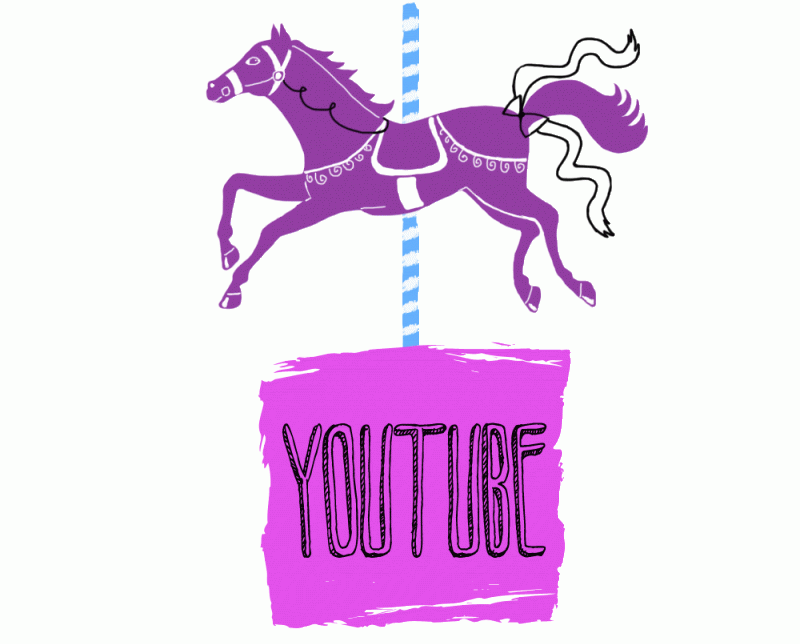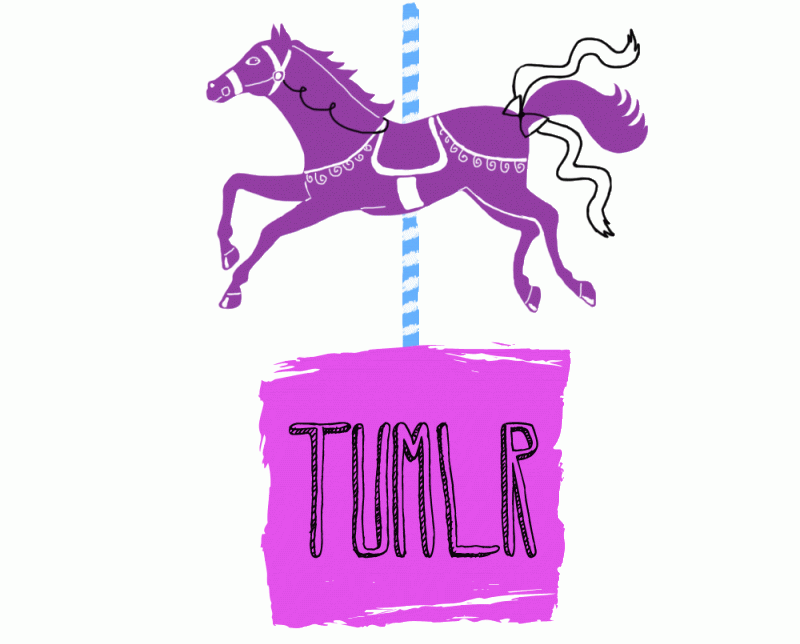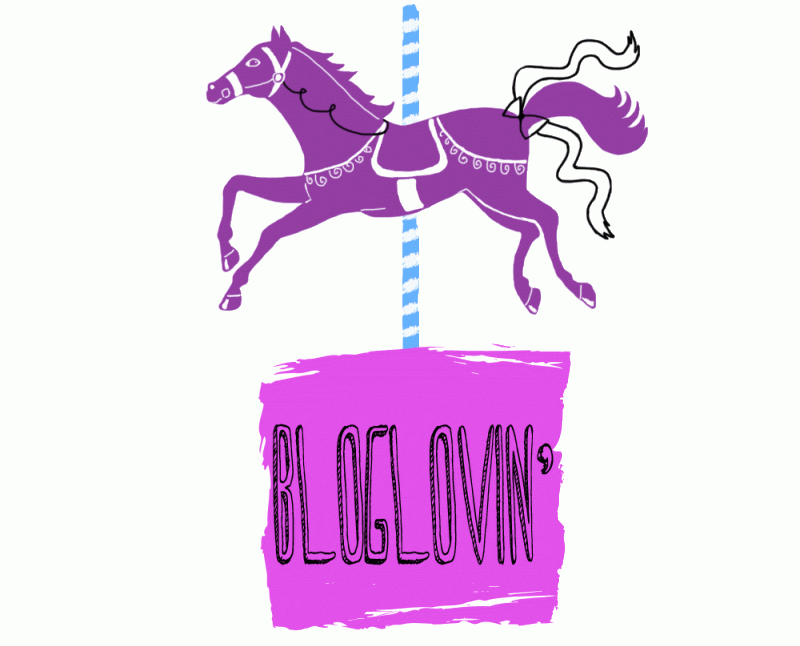In the last several months I spent a significant amount of time preparing for my first aerial performance. While I faced the normal challenges you might expect like picking choreography and music I found it was some seemingly simple tasks that I struggled with the most. Most notable of those simple tasks was moving with what I would consider performance worthy poise.
What do I mean exactly?
Well, what makes people want to watch you?
 |
Miss Texas Pole Star 2013 Performance
Photo by Don Curry |
I would see my instructor glide up the silk and be completely enthralled with how elegant they looked. When it was finally my turn to try I would scrabbling on the fabric for a bit and then eventually accomplish the thing. Not having any background in professional performance it seemed that getting ready for the stage should be as simple as acquiring the knowledge and strength to do tricks. However, I gamely attend class every week and ran through the same poses and exercises as my teachers and continued to notice something distinctly different between how they looked and how I looked.
Luckily, with the help of some mentors during my preparations I started learning other equally important skills to making a polished aerial performer that are not necessarily taught in the classroom. Most of these things were fairly basic and not directly linked to overall ability or skill but make a huge difference to how you practice and most importantly how you appear to an observer.
If I only had to remember 3 words to make a routine performance worthy it would be
Intention, Extension & Tension.
Intention
One week our aerial hoop class was observed by a retired ballerina who now contracts with dance troupes to refine their routines. She had volunteered to give our class some pointers on performance. She sat quietly for the hour as we gave the lesson our best efforts. At the end of class we nervously clustered around to hear what she thought at which time she told us something that changed my practice from that day forward.
While she thought the discipline was amazing she found our efforts ultimately boring. It didn’t really have anything to do with our ability or skill but about our intention. We only worked with the end goal in mind when we should be considering every move we made. We should approach the apparatus like a partner with whom we coordinate all our actions. We should never rush through a mount or re-position just to get to a trick in practice. The audience is seeing everything leading up to your trick so just as much effort and concentration should be spent on getting there as perfecting your final position.
Treat each moment like a performance in your mind.
Extension
This goes hand in hand with intention. If you are thinking through all of your movements you should be thinking of what you are doing with your whole body from the tips of your fingers to the ends of your toes. So often we fail to celebrate movement and instead concentrate on points of strength or articulation and let the rest of our body be dragged along in its wake. We have learned to be prey amongst predators with eyes averted and limiting nonessential motion in our hands and feet. While this is a great strategy for avoiding predation by a T-rex it’s not very engaging for the audience. By allowing every movement to flow from the starting point out to your extremities you bring fluidity and grace to your performance.
One visualization that a lot of my instructors use time and again is imagining an extension of some sort that continuous beyond where you end. There are different examples like strings or lights…you can even think of laser beams if it makes you happy. What is important is that you imagine traveling out along those lines as you preform because it brings animation to every part of your body from the top of your head to the bottoms of your feet and out through your hands. You should even extend your laser like focus to your eyes and use it to bring your awareness to the audience and let them know you are watching them. BECOME THE PREDATOR! (okay that got weird but hopefully it helped)
Where your gaze falls or the angle of your fingers can change the audience's preception
Tension
If you have done the first two steps you should be well on your way to achieving and maintaining tension but it is something worthy of its own consideration. One of my aerial trainers paid me the compliment that I was progressing well in my knowledge of aerials but I needed to remember to engage my whole body while on the silk if I ever wanted to perform. At first I was confused about what she meant because I felt like I was working my butt off every class.
Fortunately for me she had an exercise that immediately connects you with the feeling of engaging your entire body. If you lay on the floor and bring yourself into a boat position where you are balanced on your bottom and someone poked your shoulders you should rock back and forth like a ship on the water. You are connecting your body so now you can move as a single unit.
If you ever feel like you are not working part of your body to stay in the air it is probably noticeable to the audience. When you are supporting yourself with your feet and you release tension from your arms it looks like you are just dangling instead of dramatically climbing.
Engaging your body has a huge immediately visible change but requires constant focus.
If you imagine the three words during every practice something as simple as raising your leg can go from a utilitarian action to a captivating performance. I am still working on this myself so I cannot claim to be an expert but I do know they have made a difference in preparing to share what I have learned with an audience.
These are just my suggestions so feel free to share your tips on getting ready for the stage.
What makes the biggest difference in your training?


